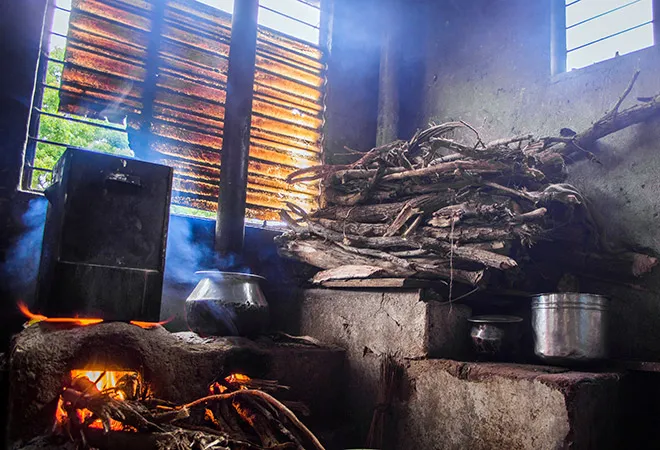Behind the breathtaking glaciers and towering peaks of Gilgit-Baltistan lies a silent killer—indoor air pollution. While the region is famed for its pristine environment, the air inside thousands of homes has become dangerously toxic, posing severe health risks to residents.
A recent study conducted by scholars from Karakoram International University and the Gilgit-Baltistan Environmental Protection Agency (EPA) has revealed alarmingly high levels of indoor air pollution (IAP) in high-altitude villages, significantly endangering public health.
“Traditional household energy sources—such as wood, animal dung, and agricultural residues—act as the primary culprits behind poor indoor air quality,” read the finding of research. These villages struggle with basic energy needs, forcing residents to burn solid fuels that compromise indoor air quality. According to the study, over 90pc of the population in these remote areas depends on solid fuels. This has led to dangerously high concentrations of particulate matter (PM . ) and carbon monoxide (CO) inside homes, exceeding Pakistan’s National Environmental Quality Standards by up to five and three times, respectively.
The problem is further complicated as 65pc of households lack proper ventilation. Consequently, respiratory and cardiovascular diseases are rampant, with common symptoms including persistent morning cough (17%), eye irritation (15%), bronchitis (14%), and heart disease (11%). “The study underscores how socioeconomic and geographic factors influence energy consumption in these isolated communities,” said Director EPA, Khadim Hussain.
Researchers urge the government to take immediate action, including awareness campaigns, promoting cleaner fuel options, and subsidizing alternatives such as hydropower, LPG, and solar energy. Additionally, upgrading heating systems and ensuring regular stove maintenance could help reduce health risks.

